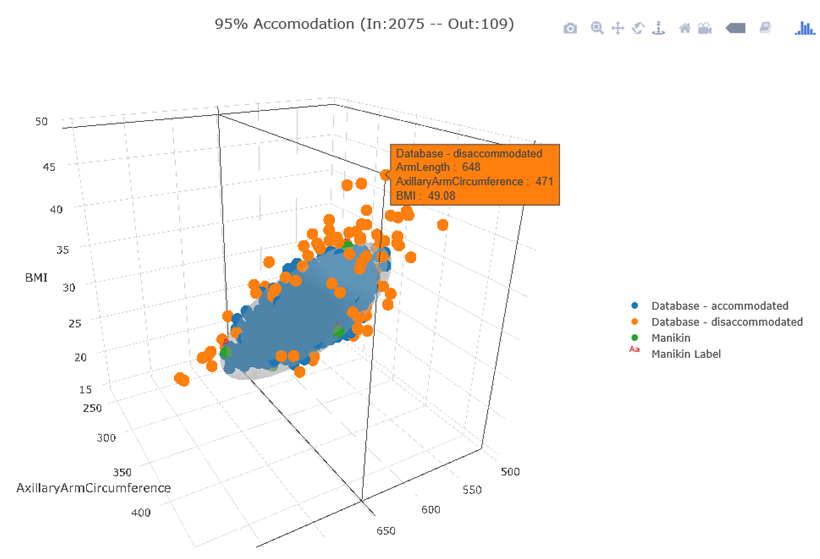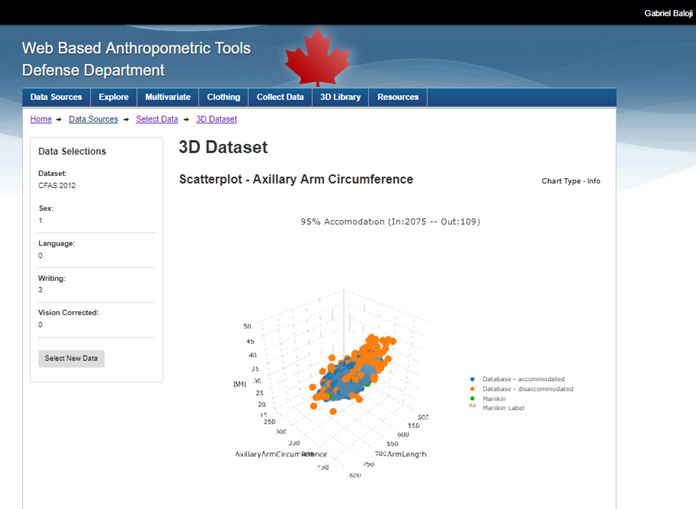Conet TECH
Continental Network Technologies
Case Studies
Conet-Tech Case Studies

Government of Canada - Department of National Defence
Case Overview
To effectively exploit the data that was collected for the anthropometric survey of the Canadian Forces (CF), Department of National Defence (DND) stakeholders identified a requirement for a web-based tool that would allow all stakeholders involved in capability development to accurately, independently, and correctly apply the Canadian Forces (CF) anthropometric data. In support of this need, three focus groups were held with key stakeholders to define requirements for a web-based anthropometry tool.
As per the Statement of Work (SOW), the aim of this tasking was to now carry out initial planning for the development of a suite of desktop and web-based anthropometric software tools and associate databases, based on the Canadian Forces Anthropometric Survey of Canadian Armed Forces 2012 data, for use in Canadian Armed Forces acquisition processes.
When Anthropometry isn’t considered in design
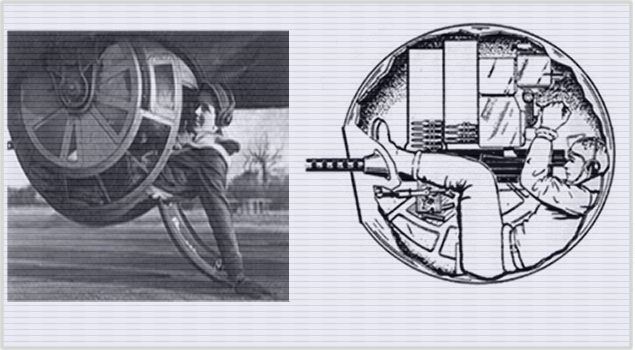
Customer Overview
Defence Research and Development Canada is an Agency of the Department of National Defence of Canada and work with partners in academia, government and industry and with Canada’s allies.Defence Research and Development Canada is the national leader in defence science and technology, and develop and deliver new technical solutions and advice to the Department of National Defence, the Canadian Armed Forces, other federal departments, and the safety and security communities.
Business Challenge
1. The Military Anthropometry must help:- To specify, develop, evaluate and equipment, platforms and workspaces
- The crew selection – RCAF Pilots, Tank drivers
- The clothing and PPE fit, sizing and tariffing
- Define task standards (e.g. maximum reach), system safety (ingress/egress, clearances)
- To understand fundamental data for ergonomic and biomechanical modeling
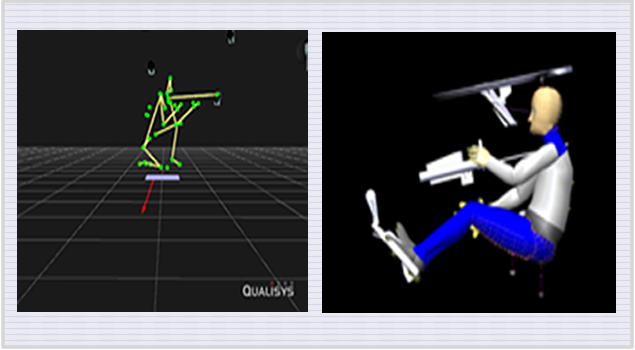
2. The Military Anthropometry must incorporate a multivariate accommodation
When design of the system requires simultaneous accommodation on multiple measures of the population, multivariate analysis methods are required to properly determine accommodation of the central 90 percent of users. When design of the system requires only univariate accommodation, design for the central 90 percent of users is achievable by using the conventional 5th – 95th percentiles on a single dimension. However, if a univariate approach is adopted all supporting rationale shall be justified and documented.
Principle Components Analysis:
- Reduce multidimensional space into discrete components, each explaining a unique proportion of the variability within the data
- Each component explains a diminishing amount of variability in the data. (e.g. PC1 – 67%, PC 2 – 24%, PC 3 – 6%)
- Recently used this technique to generate virtual pilots for Fixed Wing SAR project
- Reduce six critical dimensions from 189 pilots to create boundary manikins that represent the variability of the target population
- Another use of PCA is for 3D shape analysis (AMMPHS, Helmet sizing)
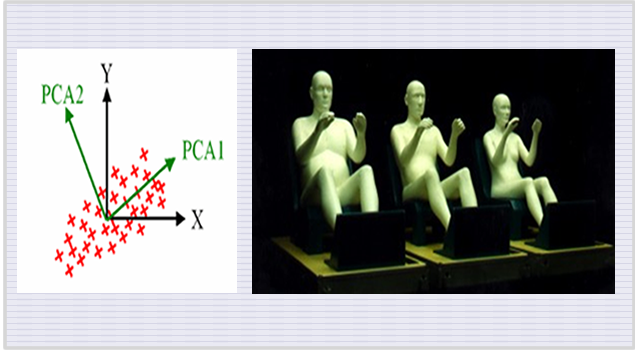
The technologies
- R Studio/Scripts, Visual Studio and Microsoft .NET Framework, C#, ASP.Net MVC, Angular, Web API, Git, JavaScipt, SOAP Web Services- Windows Server, Linux and SQL Server Enterprise Manager, R Server
- MS Excel, MS Access for the data dictionary and Visio drawing and diagramming software
We equip Canadian soldiers to fight with comprehensive tools and equipment. We shouldn’t expect them to fight their equipment.
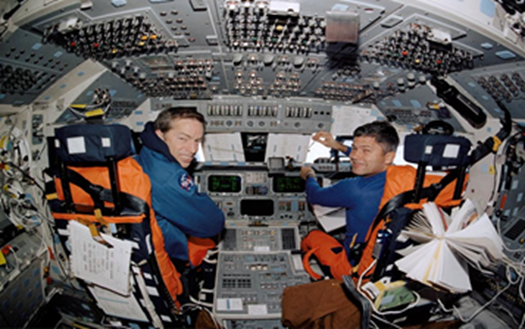
Results
Based on this effort, an initial strawman for a Statement of Requirements (SOR) for a suite of desktop and web-based anthropometric software tools were developed and a notional software architecture was proposed.Throughout this project, stakeholders affirmed the importance, utility, and need for a 1D and 3D web-based anthropometry tool. It was therefore recommended that the SOR strawman, developed during this project phase be used in a subsequent phase, following an iterative software development process. This development cycle should begin with the conceptualization and system design of the web-based anthropometry tool, storyboarding the software tool sets/applications, and coding/programing the software. While requirements validations, integration assessments, trade-off analysis and usability evaluations with users be conducted throughout the evaluation process
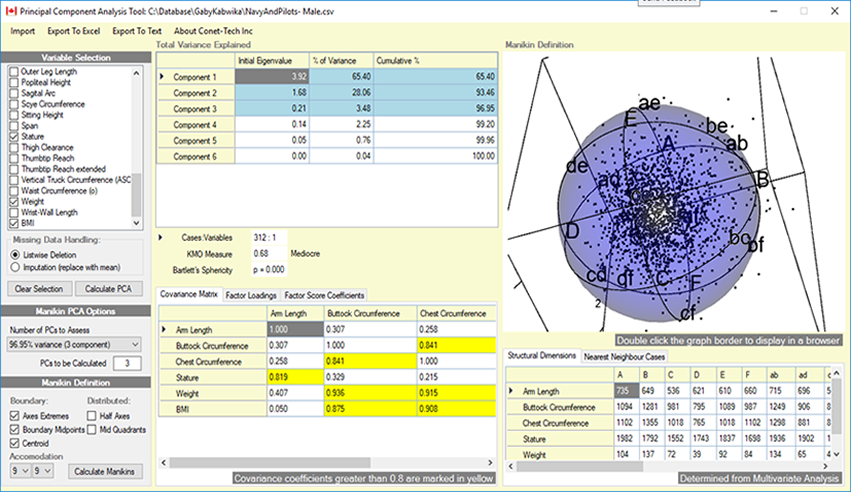
Solution
The aim of this effort was to carry out initial planning for the development of a suite of web based anthropometric software tools and associate databases, based on the CFAS 2012 data for use in Canadian Armed Forces acquisition processes.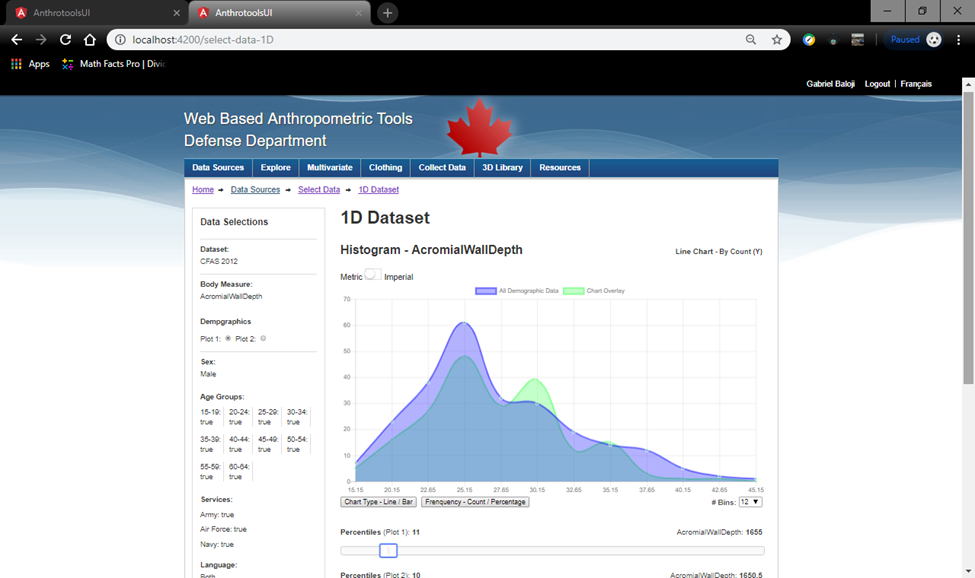
Conet-Tech and Tundra consultants have adopted a systematic approach to follow in order to develop a suite of desktop and web-based anthropometric software tools and associate databases based on the CFAS 2012. Three parallel streams were followed in carrying out this objective:
1. We undertook a review of potential requirements for a desktop and web-based anthropometry tool. Essential and desired requirements were identified, ranked and prioritized. We conducted a technology review and trade study of the CFAS Explorer 2012 software, 3D shape analyzer tools, and Commercial-Off-The-Shelf (COTS) web-based tools. This review focused on the capability and functionality of software tools. We also conducted review of past efforts looking at potential requirements for a desktop and web-based anthropometry tool. This review was based on the 2012 Comprehensive Ergonomic Tools and Techniques (CETTs) and 2015 Soldier System Effectiveness (SoSE) Architecture Framework (AF) stakeholder meetings, and in discussion with the Technical Task Authority (TTA). Based on the above two tasks, a mind map of potential capability and functionality requirements for a desktop and web-based anthropometry tool was developed.
2. We identified requirements for the underlying database. In consultation with the Technical Task Authority (TTA), preliminary requirements for the underlying database were identified during this task.
3. We identified a notional software distribution model. DWAN specialist were to be consulted during this task to help identify a notional software distribution model for the anthropometry tool. Due to unavailability of qualified personnel, this work was not completed in this tasking.
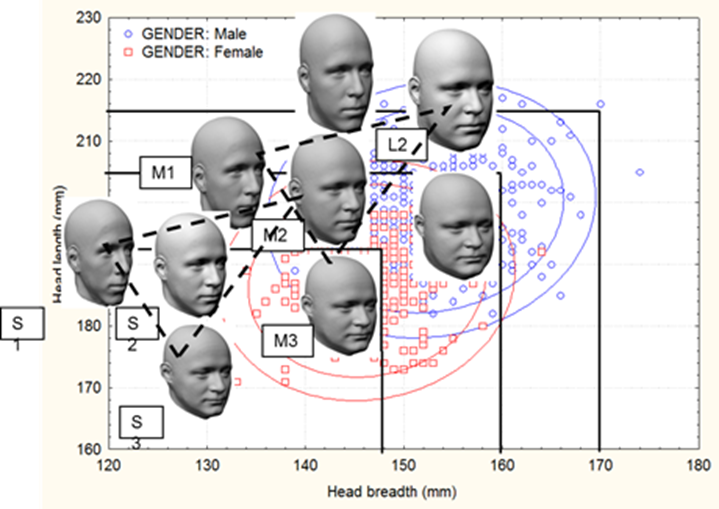
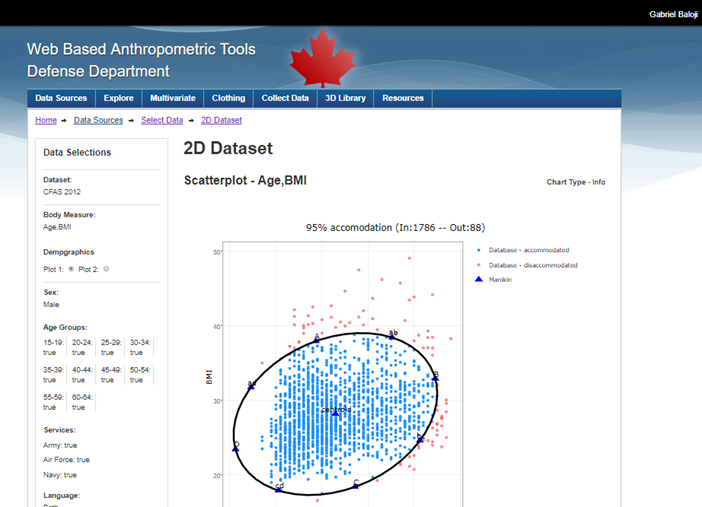
After few months of redesign and development, we delivered comprehensive Ergonomics Tools and make readily available, affordable, usable, integrated Human System Interface tool suite for the Canadian Forces (CF) / Department of National Defence (DND) that address, primarily, physical ergonomics in systems acquisition and employment, and focuses on: operator anthropometry (body size & shape), operator encumbrance (clothing and equipment), operator tasks and workspaces, system performance, survivability, safety and health impacts; and decision support for acquisition
